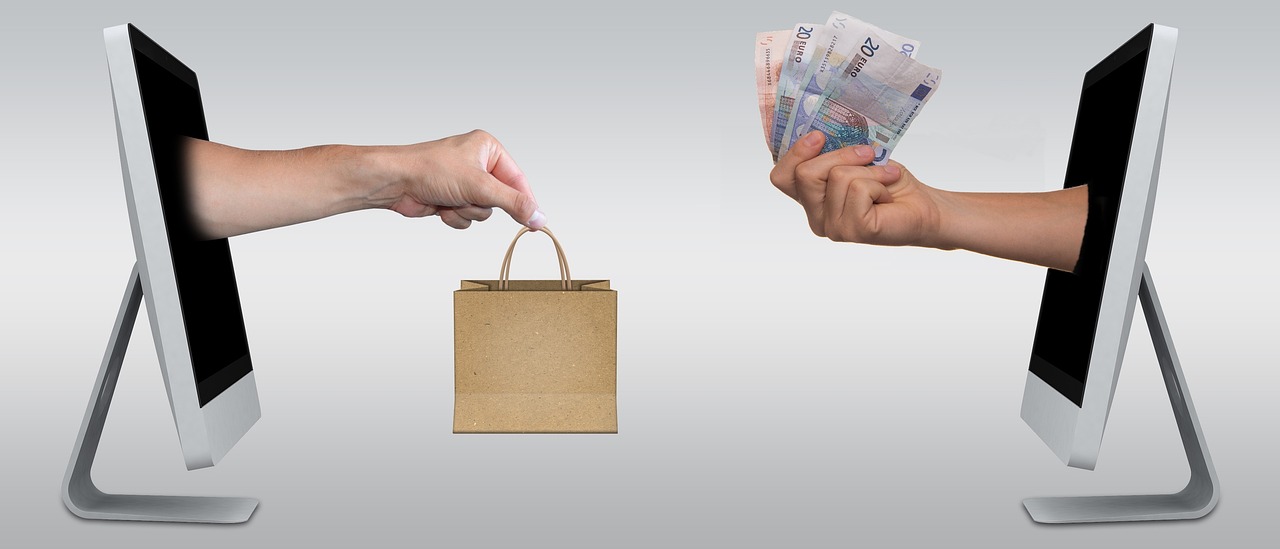USD to EUR Exchange Rates: How Central Banks, Credit Cards, and Market Factors Affect Travel Money
GPT_Global - 2025-10-14 02:00:05.0 57
How do central banks influence the USD to EUR exchange rate?
Central banks play a crucial role in determining the exchange rates of currencies, including the USD to EUR rate. Through their monetary policies, they can influence the supply and demand for currencies, which directly impacts exchange rates. The U.S. Federal Reserve (Fed) and the European Central Bank (ECB) are two key players in this dynamic. When these institutions change interest rates, conduct open market operations, or adjust their inflation targets, they create ripples in the foreign exchange markets.
For instance, when the Fed raises interest rates, it often makes the U.S. dollar more attractive to investors, causing its value to rise against the euro. Conversely, if the ECB lowers rates or signals dovish policies, the euro could depreciate against the dollar. These movements are especially important in the remittance business, where exchange rate fluctuations directly affect the amount recipients receive.
As a remittance service provider, understanding the influence of central banks on currency exchange rates can help you better predict market trends, offer competitive rates, and advise your customers on the best times to send or receive money. Staying informed about central bank policies can make a big difference in optimizing your remittance services.

Can I use my US credit card directly in Europe without converting $100 to euros first?
Traveling to Europe from the United States is exciting, but many travelers wonder if they can use their US credit card directly without converting dollars to euros first. The good news is, yes, you can! Most major credit cards are widely accepted in Europe, making it convenient to pay for goods and services without the hassle of converting currency beforehand.
However, it’s essential to keep in mind that foreign transactions may come with additional fees. Credit card companies often charge a foreign transaction fee, which can range from 1% to 3% of the total purchase. It’s wise to check with your card issuer beforehand to avoid surprises. Also, some smaller shops or rural areas might prefer cash, so it’s always a good idea to carry a small amount of euros with you.
If you’re looking for an even more cost-effective option, consider using a remittance service for money transfers. These services often offer competitive exchange rates and low fees compared to banks or credit card providers. By transferring funds to a local European bank account, you can access euros without worrying about extra charges when shopping in Europe.
How do exchange rates for USD to EUR impact online shopping in Europe?
Understanding how exchange rates impact online shopping is crucial, especially for those involved in international remittances. When the USD to EUR exchange rate fluctuates, it can directly affect the cost of goods purchased online from Europe. A strong USD compared to the EUR makes products cheaper for American consumers, encouraging more cross-border shopping. Conversely, a weaker USD increases costs, potentially reducing purchases from European e-commerce platforms.
This shift in exchange rates is significant for remittance businesses as it influences the purchasing power of individuals who send money abroad. If someone in the U.S. is sending funds to a relative in Europe, the exchange rate plays a role in how much the recipient will ultimately receive. A favorable exchange rate allows for a higher value when converting USD to EUR, benefiting the recipient.
Remittance services must keep an eye on exchange rate fluctuations to ensure that both senders and receivers get the best value for their money. Understanding these changes can help businesses adapt to market conditions, providing better services for their customers.
Why do exchange rates for USD and EUR fluctuate every day?
Understanding the daily fluctuations in exchange rates between the USD and EUR is essential for businesses, especially those in the remittance industry. These fluctuations are influenced by several factors, including economic data, market sentiment, and geopolitical events. The value of the US Dollar (USD) and the Euro (EUR) changes constantly due to these dynamic forces, which impact the global currency market.
One key reason for exchange rate fluctuations is the differing economic conditions in the United States and the Eurozone. When economic growth in one region outpaces the other, it can affect investor confidence, leading to demand for one currency over the other. This demand then drives the exchange rates up or down.
Another factor is interest rate differentials. Central banks, such as the Federal Reserve in the US and the European Central Bank, adjust interest rates to control inflation and support economic growth. These changes can influence the flow of investments, further impacting exchange rates.
For remittance businesses, understanding these fluctuations is vital. As exchange rates change, so do the amounts customers receive or send. By staying informed, remittance companies can offer competitive rates and better serve their clients.
How much would I get in euros if I exchange $100 at a local currency exchange shop?
When it comes to exchanging US dollars to euros, many factors come into play, especially at a local currency exchange shop. The exchange rate can vary depending on the shop’s location, fees, and the current market conditions. Generally, currency exchange businesses may not offer the best rates compared to online services or banks. However, they can still provide convenient and fast transactions.
For instance, if you exchange $100 USD, the amount you’ll receive in euros will depend on the current exchange rate. As of the latest rates, 1 USD may equal roughly 0.85 to 0.95 EUR. So, exchanging $100 could give you anywhere from €85 to €95. Keep in mind that many exchange shops charge a fee or offer a less favorable rate for the service.
To ensure you’re getting the best deal, it’s always a good idea to compare the exchange rates at different shops or consider using online remittance services. These platforms often provide better rates and lower fees, making them a smart choice for sending money internationally.
What factors influence the value of the euro compared to the dollar?
Understanding the factors that influence the value of the euro compared to the dollar is essential for businesses involved in remittance services. The value of these currencies affects exchange rates, which can impact the cost of sending money internationally. Here are the key factors to consider:
First, interest rates set by the European Central Bank (ECB) and the U.S. Federal Reserve play a significant role. Higher interest rates in the Eurozone typically make the euro stronger against the dollar, as investors seek higher returns. Similarly, lower U.S. interest rates can weaken the dollar.
Another critical factor is inflation. If inflation in the Eurozone rises faster than in the U.S., the euro's purchasing power decreases, potentially making remittances more expensive for recipients. Economic stability also matters; political uncertainty or economic turmoil in either region can lead to fluctuations in currency values.
Lastly, trade balances influence exchange rates. A strong Eurozone trade surplus can strengthen the euro, while a U.S. trade deficit might weaken the dollar. Understanding these dynamics helps businesses in remittance better predict fluctuations and reduce costs for customers.
Should I exchange my $100 for euros before or after arriving in Europe?
When planning a trip to Europe, one of the key questions many travelers face is whether to exchange their $100 for euros before leaving or after arriving in Europe. Each option has its pros and cons, depending on convenience, fees, and exchange rates.
Exchanging currency before your trip provides the benefit of arriving in Europe with cash in hand. This can be helpful for small purchases upon arrival or in case of emergency. However, currency exchange services at airports or in the U.S. may offer poor exchange rates, and fees can quickly add up.
On the other hand, exchanging your $100 for euros after arriving in Europe can often result in a better exchange rate. Currency exchange providers in Europe typically offer more competitive rates. However, it’s important to consider withdrawal fees and international transaction charges at ATMs.
For the best deal, consider using a remittance service or a travel card, as these often offer favorable exchange rates with lower fees. Doing your research and comparing options can help ensure you get the most out of your $100, whether exchanged before or after your trip.
About Panda Remit
Panda Remit is committed to providing global users with more convenient, safe, reliable, and affordable online cross-border remittance services。
International remittance services from more than 30 countries/regions around the world are now available: including Japan, Hong Kong, Europe, the United States, Australia, and other markets, and are recognized and trusted by millions of users around the world.
Visit Panda Remit Official Website or Download PandaRemit App, to learn more about remittance info.


